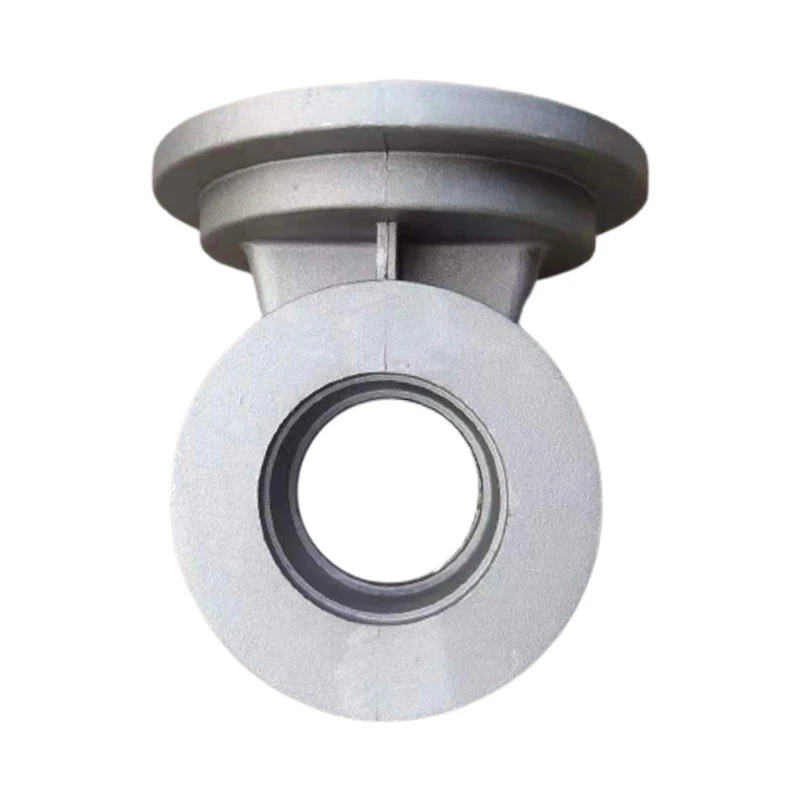stamping part
The Evolution and Importance of Stamping Parts in Manufacturing
In the dynamic landscape of modern manufacturing, stamping parts have emerged as a pivotal component, facilitating the production of a wide array of products across various industries. From automotive to aerospace, electronics to appliances, stamping plays a crucial role in shaping the efficiency and efficacy of manufacturing processes.
At its core, stamping is a cold-forming process that involves the use of a die and a press to transform flat sheets of metal into desired shapes and forms. The process can produce precisely engineered components with high levels of accuracy, making it an exemplary choice for mass production. The evolution of stamping technology has seen significant advancements over the years, leading to greater precision, speed, and cost-effectiveness.
One of the most notable aspects of stamping parts is their versatility. The process can accommodate various materials, including steel, aluminum, copper, and other alloys. This versatility allows manufacturers to tailor components to specific applications and performance requirements, ensuring that the end products meet the desired standards. Additionally, the stamping process supports a variety of techniques, including blanking, punching, bending, and forming, which enables the creation of complex geometries with minimal waste.
The automotive industry is one of the largest consumers of stamped parts. The production of vehicle body panels, brackets, and other components relies heavily on stamping techniques due to their efficiency and ability to produce lightweight yet strong parts. With the ongoing push toward electric vehicles (EVs), the demand for stamped parts continues to grow, particularly for battery enclosures and structural components that require precision engineering.
stamping part

Beyond automotive applications, stamping is prevalent in the electronics sector, where it is used to manufacture components such as connectors, housings, and heat sinks. These parts often require intricate designs and tight tolerances, which stamping processes can achieve with ease. In an era where consumer electronics are becoming increasingly compact and complex, the ability to produce high-quality stamped parts is indispensable.
Another significant advantage of stamping is its economic efficiency. The process is highly scalable, meaning that once the initial setup costs are covered, the cost per unit decreases dramatically as production volumes increase. This efficiency makes stamping an ideal solution for industries that require large quantities of identical parts, effectively lowering manufacturing costs and increasing profitability.
Moreover, advancements in technology have further propelled the capabilities of stamping processes. The integration of computer numerical control (CNC) systems and automation has streamlined production lines, enhancing the precision and speed of stamping operations. These technological innovations have allowed manufacturers to quickly adapt to changing market demands and consumer preferences, ultimately leading to shorter lead times and improved responsiveness.
Sustainability is also becoming a critical consideration in manufacturing practices, and stamping techniques align well with these efforts. The process generates less waste compared to other manufacturing methods, and the materials used can often be recycled or repurposed. As manufacturers strive to adopt more environmentally friendly practices, stamping provides a pathway to reduce their carbon footprint while maintaining high productivity levels.
In conclusion, stamped parts are indispensable in the modern manufacturing ecosystem, offering unparalleled efficiency, versatility, and precision. As industries continue to evolve and demand increases for high-quality components, stamping will undoubtedly remain a cornerstone of manufacturing innovation. The ongoing advancements in stamping technologies will only serve to enhance its importance, driving forward the manufacturing capabilities that are essential for the future. Embracing these advancements will enable manufacturers not only to meet the demands of the present but also to prepare for the challenges of tomorrow's production landscape.
-
Aluminium Pressure Die Casting High-Precision & Durable Solutions for Complex PartsNewsJul.08,2025
-
Top Aluminum Sand Castings Manufacturer – Precision Green Sand Castings for Industrial NeedsNewsJul.08,2025
-
Precision Lost Wax Casting Quotes – High Accuracy Custom Parts Lost Wax Precision Casting ServicesNewsJul.07,2025
-
High-Quality Sand Used for Casting - Superior Sand for Sand Casting ProcessesNewsJul.07,2025
-
China Supply High End Metal Stamping Parts Sino - Precision Manufacturing FactoryNewsJul.06,2025
-
High-Quality Automotive Investment Casting Services Precision & Sand Casting SolutionsNewsJul.06,2025















